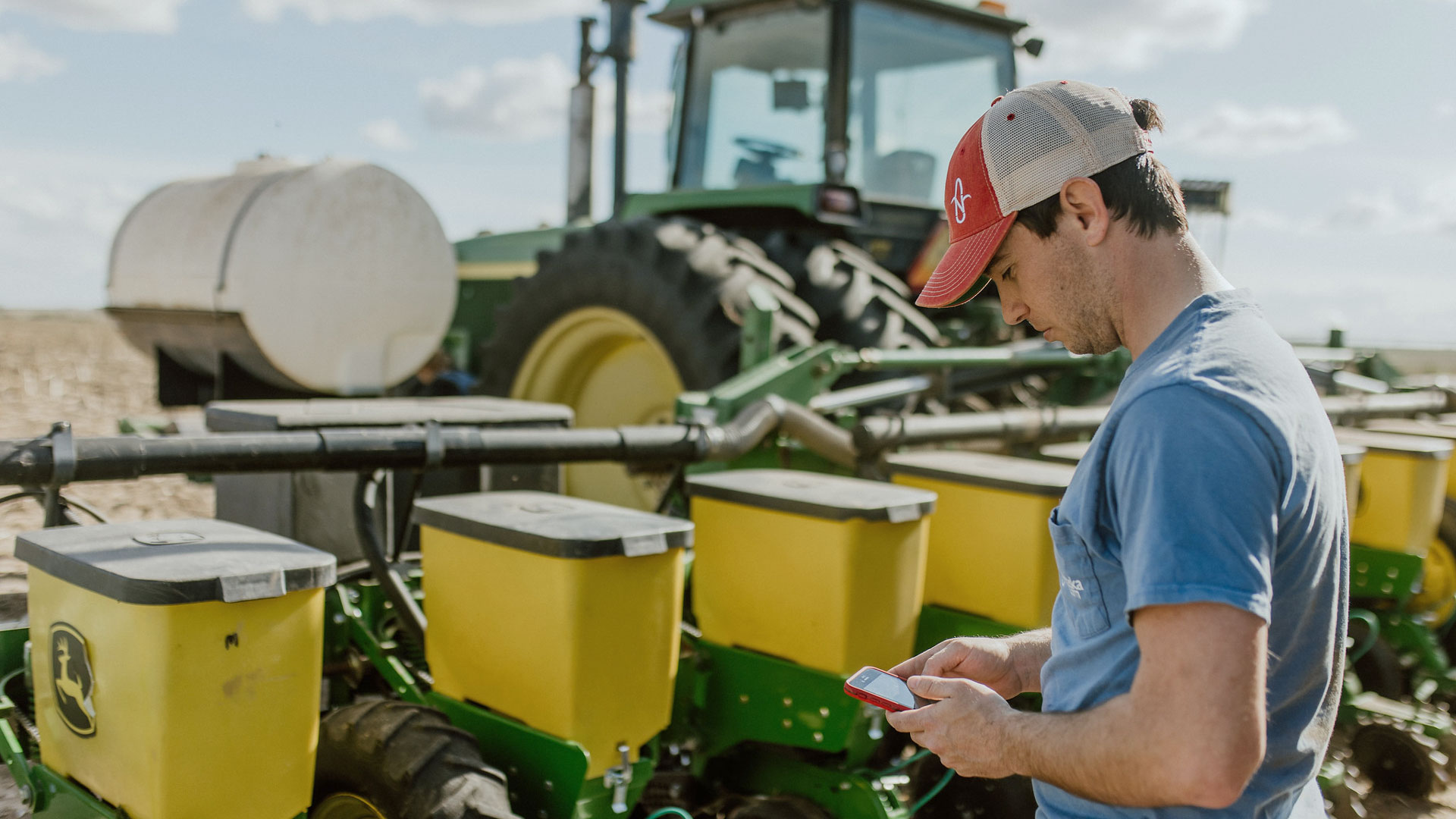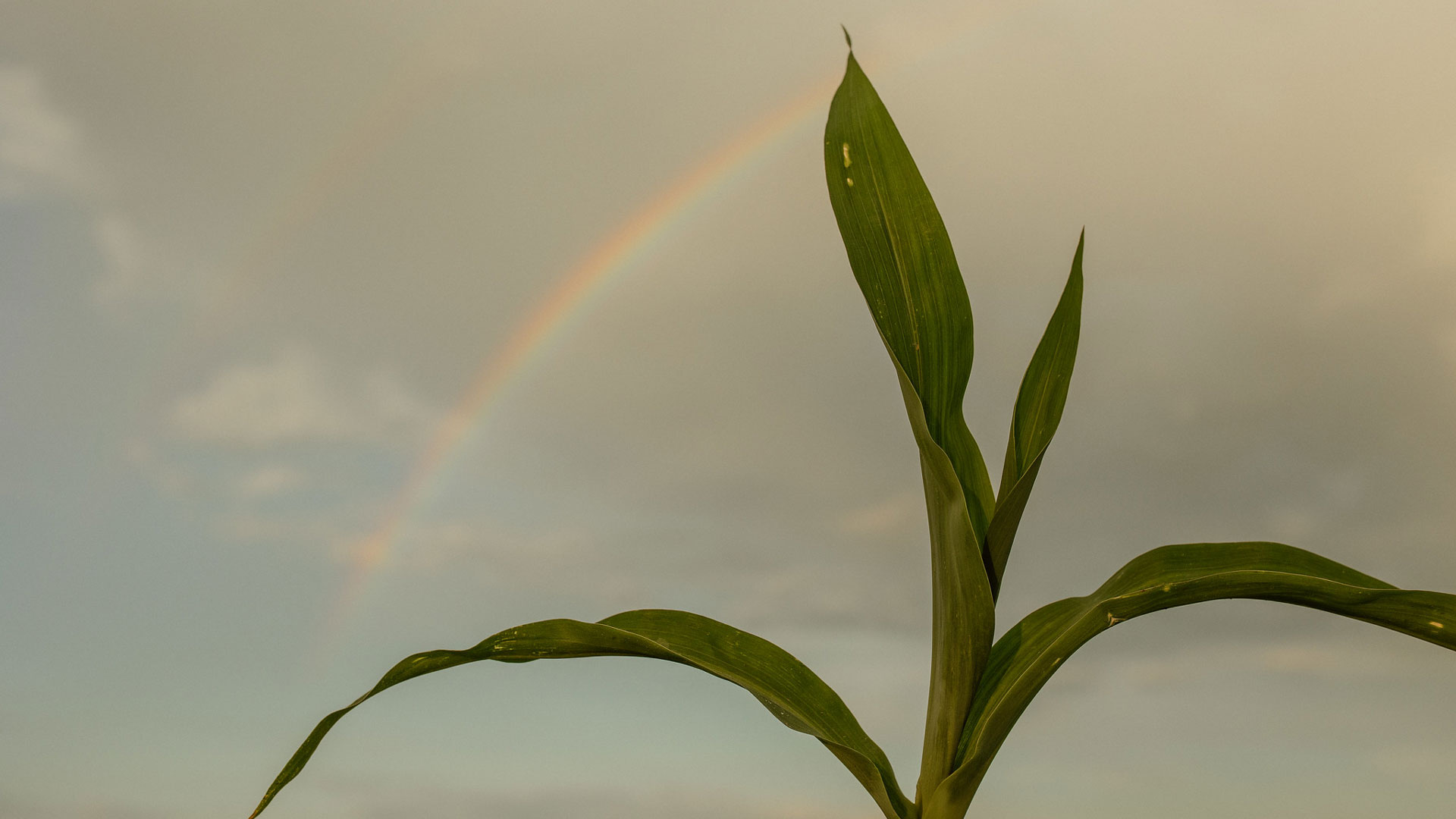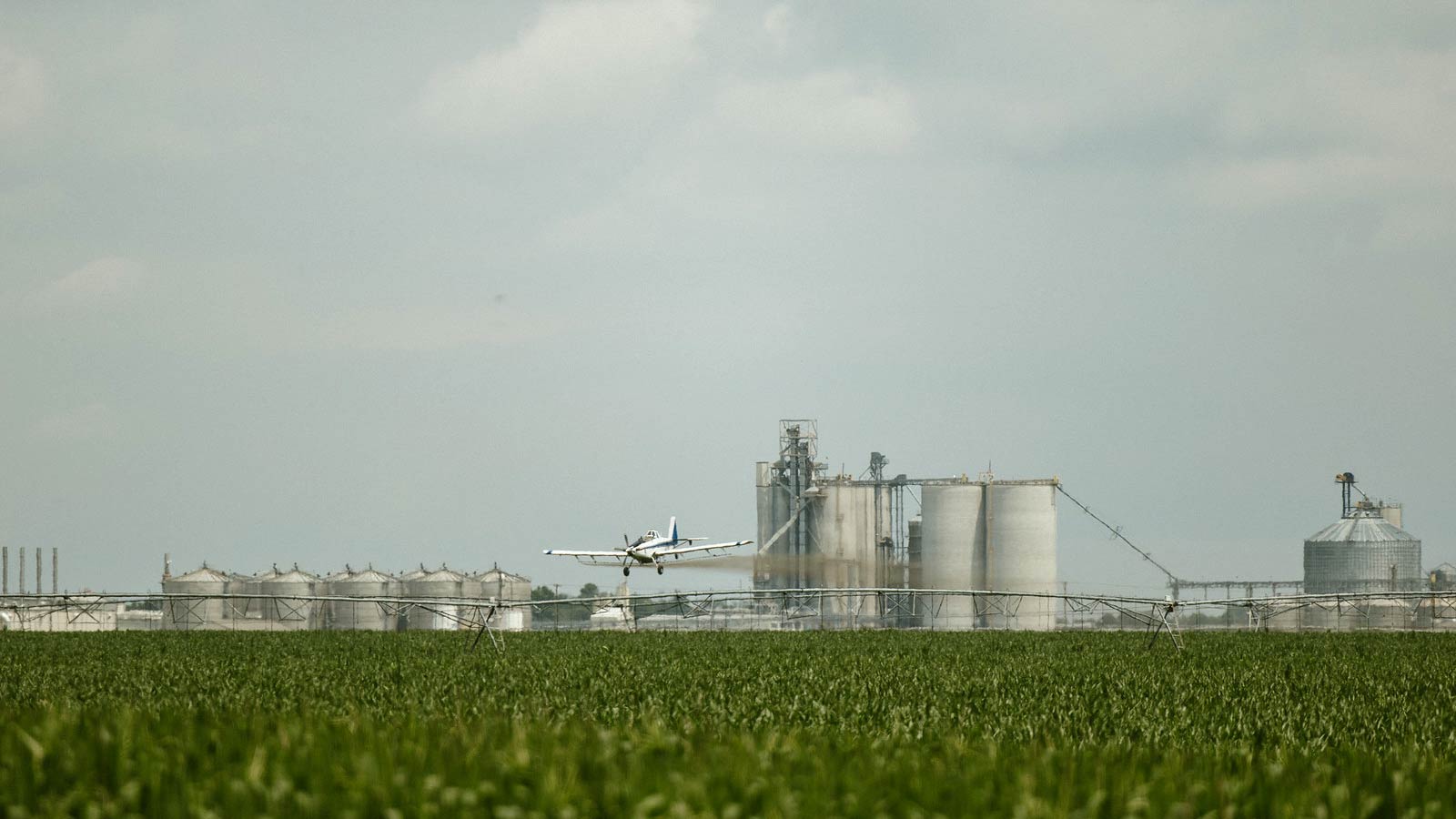For farmers, understanding and properly utilizing crop rotation is essential to having a successful agricultural operation. Crop rotation has been used for centuries but only recently have the long-term impacts of this practice become well understood by agronomists and scientists.
By rotating crops such as corn and soybeans in the same field over time, not only can the health of soil be improved but also yields from both plants can increase. Through better soil health and care for the land, farmers are able to produce more with less, ultimately leading to a stronger landscape overall.
Let’s explore why it’s important for farmers to rotate crops in their fields as well as some of the benefits that come along with it.
Crop Rotation: What It Is, Benefits and Disadvantages
Crop rotation is a farming practice where different types of crops are planted in a specific order in the same field over a period of time. This helps to replenish the nutrients in the soil that certain crops may have depleted, and it also helps to break pest and disease cycles.
Rotating crops also diversifies the farm’s output, perhaps reducing the risk of crop failure and adhering to market fluctuations. Crop rotation can be planned in a number of ways and varies depending on the crop type, soil, climate and pests in the region.
Common rotation plans in Nebraska include corn and soybeans, as well as planting small grains such as winter wheat. That wheat is then followed by a legume crop such as soybeans or alfalfa, then a green manure crop like clover.
Crop rotation is an important and sustainable agricultural practice that can help farmers to improve yields and reduce costs.
7 Benefits of Crop Rotation
Crop rotation has several benefits for farmers and the environment. Some of the main benefits include:
- Soil fertility: Crop rotation helps to replenish certain nutrients in the soil, which can be depleted by continuous planting of the same crop. Rotating crops allows farmers to use different types of plants that have different nutrient needs, which helps to maintain the overall health of the soil.
- Pest and disease control: Crop rotation can help to break the life cycles of pests and diseases that may be specific to certain crops. By rotating crops, farmers can reduce the potential for pests and diseases in the soil, which can reduce the need for chemical pesticides and fertilizers.
- Water management: Some crops require more water than others. Rotating crops can help farmers to manage water resources more efficiently, by alternating between crops that require more water and those that require less.
- Weed control: Crop rotation can also help to control weeds. Certain crops may be more effective at suppressing weeds than others, so rotating crops can help farmers to keep weed populations under control without relying on chemical herbicides.
- Diversification: Rotating crops can diversify a farm’s output, reducing the risk of crop failure. This can help farmers to become more resilient to changes in weather, pests and market prices.
- Environmental benefits: Crop rotation can help to reduce soil erosion, improve soil structure and reduce greenhouse gas emissions.
- Economic benefits: Crop rotation can help farmers to increase yields and reduce costs by reducing the need for chemical inputs and improving overall soil health.
Why Corn and Soybeans Should Be Rotated
Corn and soybeans are commonly rotated on many farming operations, as they have different growth habits, nutrient needs, and pest and disease pressures. Rotating these two crops can help to improve soil health, reduce pest and disease pressure, and increase yields.
Corn is a heavy feeder crop. It can take a lot of nutrients from the soil. Rotating corn with soybeans can help replenish the soil through nitrogen fixation. Legumes like soybeans have the ability to pull nitrogen from the air and store it in nodules on their roots, explaining the reason soybeans are planted the following year after corn.
Soybeans are less susceptible to common corn pests and diseases, which can help to reduce pest and disease pressure on corn. However, soybeans need corn just as much as corn needs soybeans—it’s a two-way street when it comes to replenishing nutrients and reducing the risk of disease and pests.
However, crop rotation is complex, and what works best for one farm may not work as well for another. It’s important for farmers to consider factors such as soil type, climate and pests when developing a crop rotation plan, and to monitor their fields closely to ensure that the rotation is working as intended.
What Happens if Farmers Don’t Rotate Crops
If a farmer doesn’t rotate crops, it has the potential to lead to a variety of problems. The soil may become depleted of vital nutrients since the same crop is being planted in the same field year after year. This can result in decreased yields and soil health. Additionally, pests may become more accustomed to one particular type of crop, leading to an increase in damage from insects or disease. Rotating crops also helps to control weeds, as different types of plants are more resistant than others.
Without rotating crops, farmers could also face serious financial loss due to poor quality and reduced yields.




